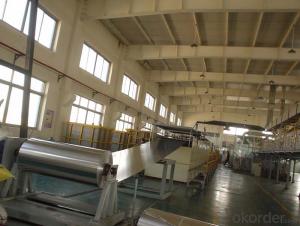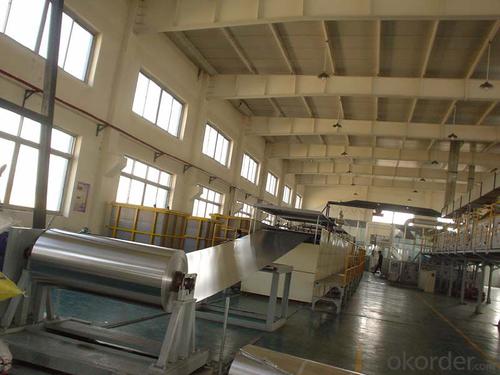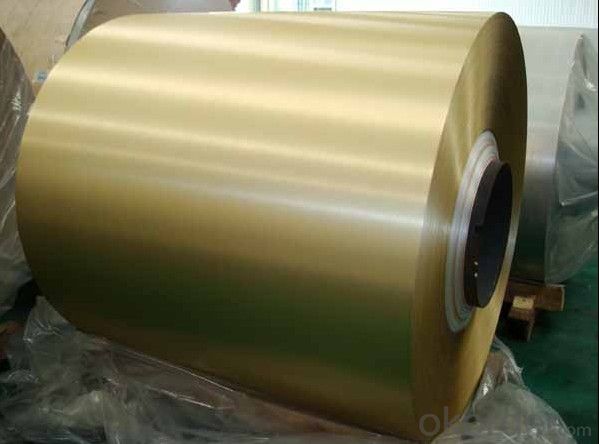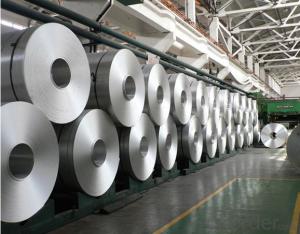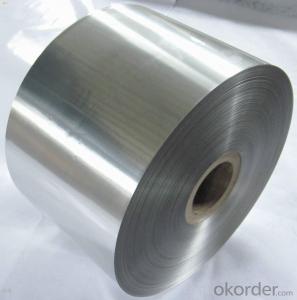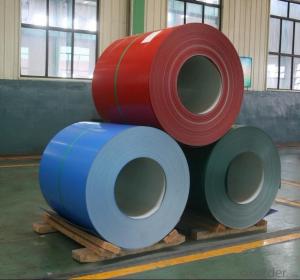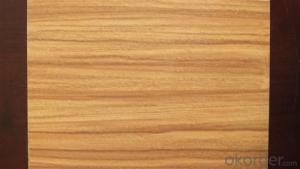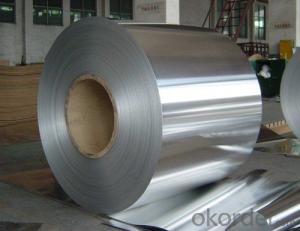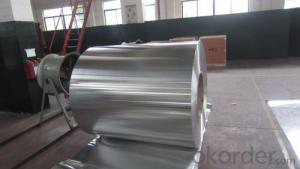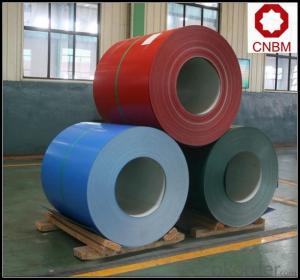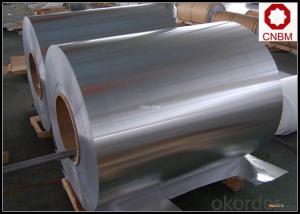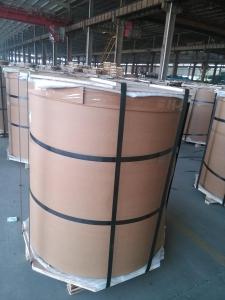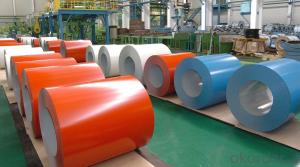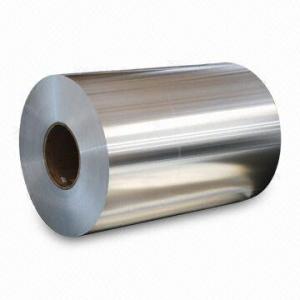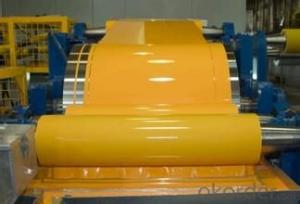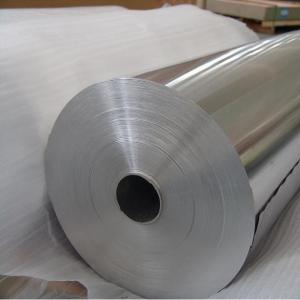Aluminum Coil Ontario - Aluminium Alloy Plate/Coil 1100, 2002, 3105, 5083, 6061
- Loading Port:
- Shanghai
- Payment Terms:
- TT OR LC
- Min Order Qty:
- 5 m.t.
- Supply Capability:
- 90000 m.t./month
OKorder Service Pledge
OKorder Financial Service
You Might Also Like
Specification
Product Specification
| Alloy Band | 6061, 6063, 6082 |
| Temper | O, T4, T6, T651 and other |
Thickness | ≤170mm |
Width | ≤2200mm |
| Longth | ≤12000mm |
| Application | Automobile, Aviation, Electronics, Mold, Quenched plate, Pre-stretched plate, etc |
| Standards | ASTM-B209. EN573-1, GB/T3880.1-2006 |
| MOQ | 5 tons |
| Payment Term | L/C; T/T. |
| Delivery Time | Within 30 days after receipt of deposit. |
| Notice: We can according to customer requirement offer other different alloy band and state product. | |
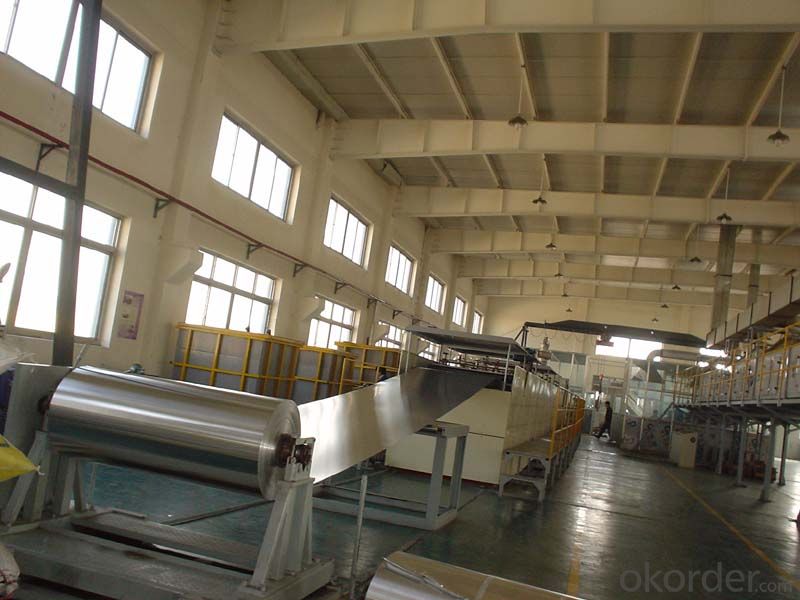
More products for you to choose
• 1. Packaging Aluminium - 1060 3104 3105 8011 8021, etc.
Product Feature - Good moisture-proof performance, shading performance and high hinder performance.
• 2. Automotive Aluminium - 5182 5083 5754 5052 5042 6061 6063 6082, etc.
Product Feature - Beautiful in appearance, remarkable in bake harden ability, high in safety coefficient.
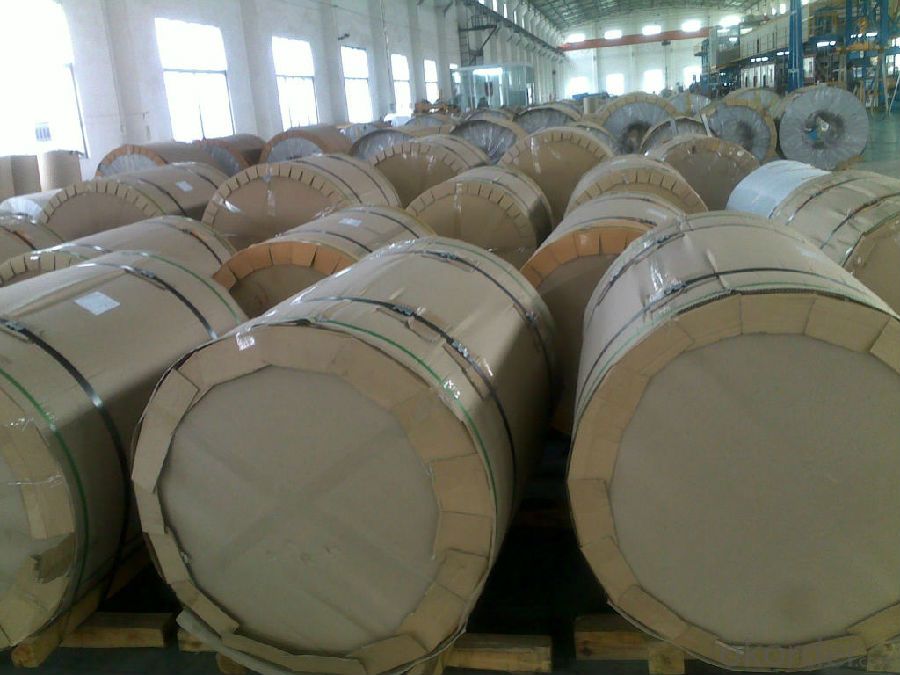
• 3. Building & Construction - 1060 1100 3003 5052, etc.
Product Feature - Light-weight, good processing performance, anti- corrosion, easy to maintain.
• 4. Transportation Aluminium - 1060 3003 5052 5754 5083 4104 6061 6016, etc.
Product Feature - High intensity, anti-corrosion, good wielding ability.
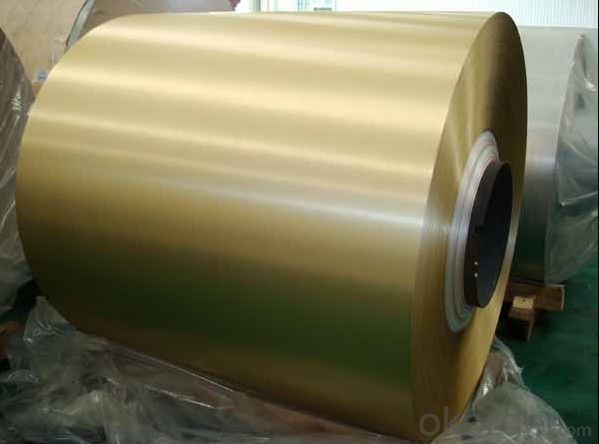
- Q: How are aluminum coils used in the production of automotive radiators?
- Due to their exceptional heat transfer properties and lightweight nature, aluminum coils are widely utilized in the production of automotive radiators. These coils are typically crafted from high-quality aluminum alloy, which offers superior thermal conductivity compared to other materials. In the manufacturing process, aluminum coils undergo initial shaping to achieve the desired configuration for the radiator's core. This can be accomplished through various methods, such as extrusion or rolling. Once shaped, the coils are meticulously stacked and bonded together to create a robust and efficient heat exchanger. The primary function of aluminum coils in automotive radiators is to facilitate the transfer of heat from the engine coolant to the surrounding air. As the hot coolant flows through the radiator's tubes, the aluminum coils efficiently absorb and disperse this heat. The coils' large surface area, combined with their excellent thermal conductivity, ensures effective heat dissipation. Additionally, the lightweight nature of aluminum makes it an ideal material for automotive radiators. By reducing the weight of vehicles, aluminum coils contribute to improved fuel efficiency and overall performance. Compared to traditional copper or brass counterparts, aluminum coils offer a lighter radiator. Furthermore, aluminum coils provide several other advantages in radiator production. They possess corrosion-resistant properties, which enhance the radiator's lifespan and durability. Aluminum coils also enable more flexible designs, allowing for the creation of radiators with intricate shapes and configurations to accommodate various vehicle models. In conclusion, aluminum coils play a critical role in the production of automotive radiators. Their exceptional heat transfer properties, lightweight nature, corrosion resistance, and design flexibility make them an optimal choice for manufacturing efficient and reliable radiators for automobiles.
- Q: My dad saw an alternative medicine practioner who said he had high levels of aluminum in his blood ... from using aluminum cookware. She said this was causing the shortness of breath and dizziness he was experiencing. Since he has stopped using aluminum cookware, he is now fine. He saw regular doctors, and nobody else could figure out what was wrong with him. Has anyone else out there had any experience with this?
- No but alumimun cookware can cause Alzheimer's
- Q: a) Although Aluminium is a reactive metal, it is used to make door frames and window frames.b) Although Aluminium conducts heat, it is used to make blankets, which are good thermal insulators.
- A) Because AL is light and durable, plus inexpensive and is a good insolator, it is used to make door frames and window frames. B) This one is self explanatory in the sentence.
- Q: what is aircraft grade aluminum?
- Military Grade Aluminum
- Q: Are aluminum coils compatible with other materials?
- Yes, aluminum coils are compatible with various materials, including steel, copper, and other non-ferrous metals. They can be used in conjunction with different materials to enhance their performance and provide various industrial applications.
- Q: What is the typical coil width for aluminum coils?
- The typical coil width for aluminum coils can vary depending on the specific application and industry. However, in general, the coil width for aluminum coils can range from a few inches to several feet. Common coil widths for aluminum coils used in construction, automotive, and packaging industries typically range from 12 inches to 72 inches. These coil widths are often selected based on the requirements of the manufacturing process, the final product dimensions, and the equipment used for coil processing. It is important to note that specific coil widths may be customized based on the customer's needs and production capabilities of the aluminum coil manufacturer.
- Q: Can aluminum coils be used for electrical enclosures?
- Electrical enclosures can indeed utilize aluminum coils. Aluminum, being a lightweight and durable substance, boasts exceptional electrical conductivity and heat dissipation capabilities. Furthermore, it exhibits commendable resistance to corrosion, rendering it appropriate for diverse environmental circumstances. Due to its malleability, aluminum coils effortlessly adopt various shapes and sizes, rendering them highly adaptable for enclosure designs. Moreover, aluminum represents a cost-effective alternative when compared to metals such as stainless steel. Nonetheless, it remains crucial to guarantee adequate insulation and grounding to avert any potential electrical hazards when employing aluminum coils in electrical enclosures.
- Q: Can aluminum coils be used for structural purposes?
- Yes, aluminum coils can be used for structural purposes. Aluminum is a lightweight and versatile material that offers excellent strength-to-weight ratio. It is commonly used in various structural applications, including the construction of buildings, bridges, and aircraft. Aluminum coils can be formed and shaped into different profiles to provide support and stability in structural systems. Additionally, aluminum is highly corrosion-resistant, which makes it suitable for outdoor and marine environments. However, it is important to consider the specific requirements and load capacities of the structural project to determine if aluminum coils are suitable for the intended purpose.
- Q: I have aluminum windows that have to be replaced due to bad thermopanes - there is accumulated grime and humidity in between the panes. Is it possible to buy individual custom-sized replacements or do I have to get all new windows and frames? Any referrals would be helpful.
- I just got mine done by Home Depot this past summer. They (and other home improvement stores and contractors) will replace as many or as few windows as you want. They will have to remove the old frames because the newer windows are deeper than the old aluminum ones (knucklebusters, my mother calls them). When you get them done, keep in mind that you can get up to a $1500 dollar tax rebate on home improvements (30% of your cost up to $1500) through 201 as long as the windows you get are within the existing guidelines for energy efficiency. Whatever vendor you go to will tell you what available options you have with them to qualify for the rebate.
- Q: Can aluminum coils be used in the manufacturing of window frames?
- Window frames can indeed be manufactured using aluminum coils. Aluminum is a widely favored material for producing window frames because of its multitude of benefits. It is lightweight, long-lasting, and has a natural resistance to rust and corrosion, making it applicable for both indoor and outdoor usage. In the extrusion process, which is commonly employed, aluminum coils are heated and pushed through a die to attain the desired shape and size of the window frame. This method provides manufacturers with the flexibility to create window frames in diverse styles and configurations. Moreover, aluminum is highly recyclable, rendering it an environmentally conscious option for window frame production.
Send your message to us
Aluminum Coil Ontario - Aluminium Alloy Plate/Coil 1100, 2002, 3105, 5083, 6061
- Loading Port:
- Shanghai
- Payment Terms:
- TT OR LC
- Min Order Qty:
- 5 m.t.
- Supply Capability:
- 90000 m.t./month
OKorder Service Pledge
OKorder Financial Service
Similar products
Hot products
Hot Searches
Related keywords
